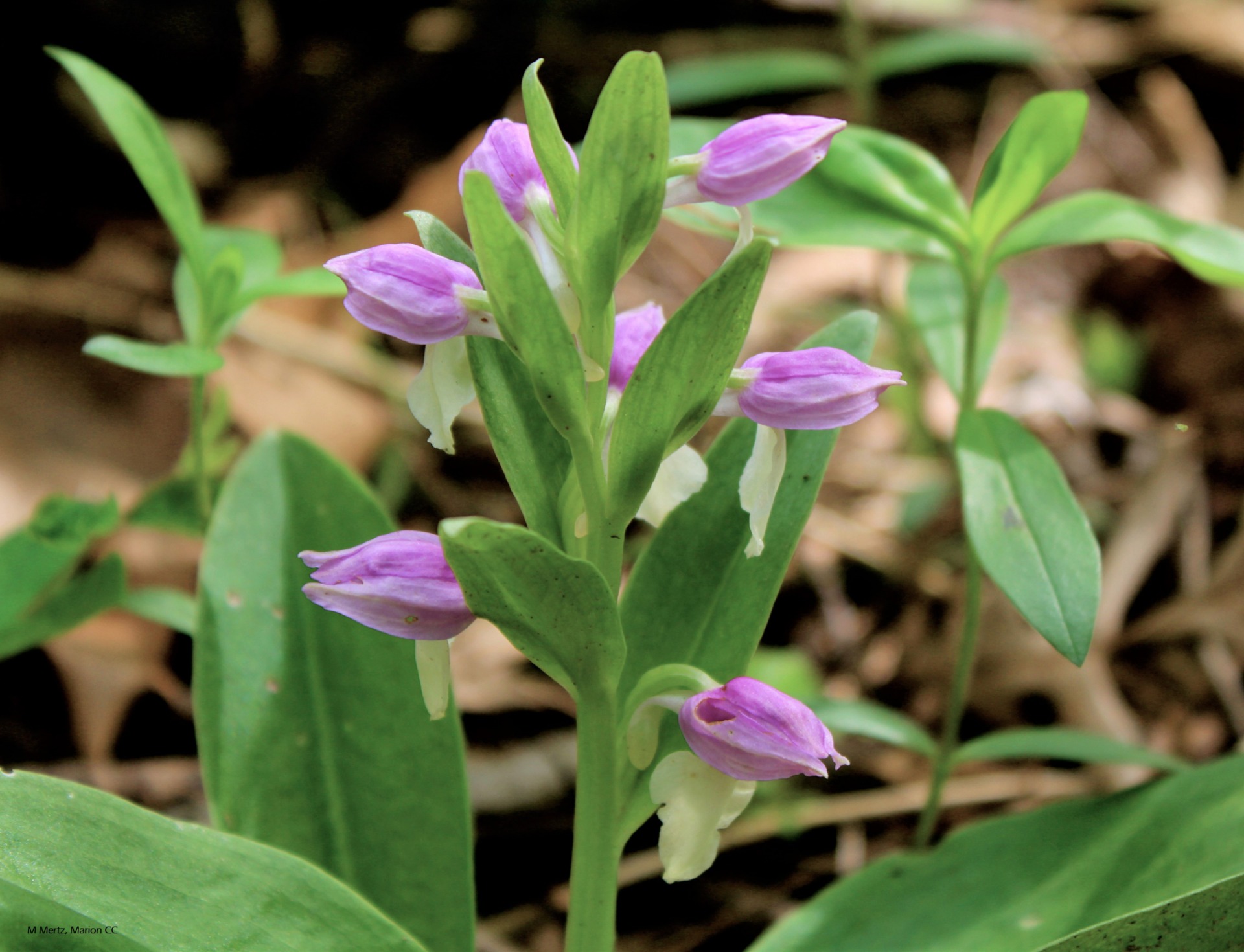Looking back over the years as a naturalist, there are three things that come to mind that I automatically focus on. Observation is first and foremost.
Seasonal changes of plants and wildlife become quite noticeable. In order to prepare for sharing those observations with the public, for me, it’s important that I become a personal part of those seasonal changes and become aware of the happenings within certain time frames.
In order to properly inform the public of these observations, I also turn to my trusty books. Books, you say? Yes! As “older” naturalists, those books are still the gateway to putting more information out and broadening the scope of the subject(s) that I want to learn more about and share with you. Books and libraries should not be considered endangered species. By physically touching those books, they can take you to places, images, and feelings most of us never thought possible.
Do naturalists know everything about the environment and current events? Probably not enough to focus on any individual subject. Throughout the years, naturalists learn quite a bit and know a “little” about a lot, and a “lot” about absolutely nothing. It is an ongoing array of happenings and not enough time in the day to focus on any single natural or current event. This is where the naturalist reaches out to the experts to ask questions, learn from their knowledge and observations, and to get a little more “in-depth” on a subject. There are so many people out there that are local, a part of their natural community, but also have a lifelong desire to devote their lives to more focused subjects. Obviously, I am not necessarily focused! OOOO… look, a squirrel! Sorry… where was I going?
Heading outdoors can bring renewal to day-to-day activities. In your careful observations, you are bound to come back with something that you saw or heard that was not just created by a human. Each week, each month, and each season brings newness to our environment.
Most naturalists and others grounded by our environment are actually students of phenology or nature’s calendar. Phenology is considered a measurement of life cycle events in all living things, plant or animal. For example, migratory dragonflies begin appearing in early spring to head north and will migrate through Iowa again in October. Did you know Iowa has 32 species of orchids? Spring through Fall, each has a small window of bloom time. Bird migration comes on fast with waterfowl and shorebirds moving through Iowa. The first two weeks of May are when all of the colorful "jungle birds" migrate from South America and pass through Iowa as they head to their breeding grounds. They will only be here for a short period of time before returning to South America.
Observing and studying the seasonal natural rhythms and life cycles (phenology), seems like a daunting task. Here are a few ideas that you could do with your family or in your classrooms to create a phenology calendar that challenges your child’s or students’ senses and awareness to the out-of-doors. It could be as simple as drawing, color pages, journaling, or anything that may make the classroom excited by the happenings of nature going on right now. They could create a classroom calendar of natural events that they have observed.
Links for more learning:
These educator resources could be adapted to our life in Iowa. This may offer more information on how this could fit into your daily or weekly goals in the classroom or school. Keep it Simple!
- National Phenology Network - Why phenology?
- Nature’s Notebook - Resources for 9-12 Grade Classroom Teachers
- Signs of the Seasons: A New England Phenology Program
- The Observer’s Eye: Phenology and Our Changing Seasons
- Picture Post - Picture Post is a part of the Digital Earth Watch (DEW) network. DEW supports environmental monitoring by everyone!
published Monday, May 24, 2021



